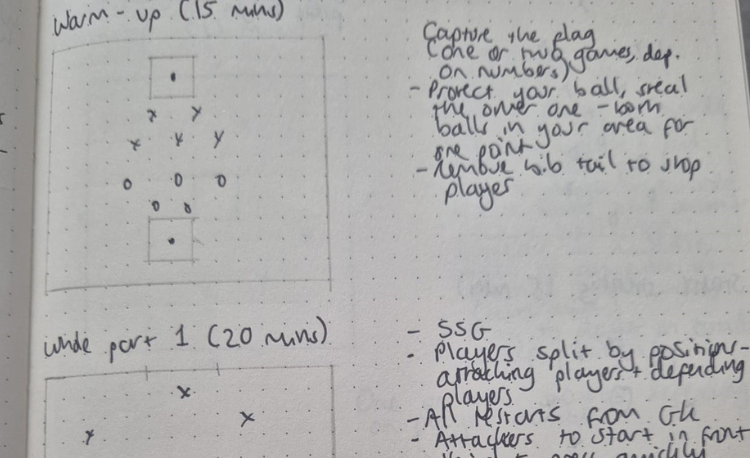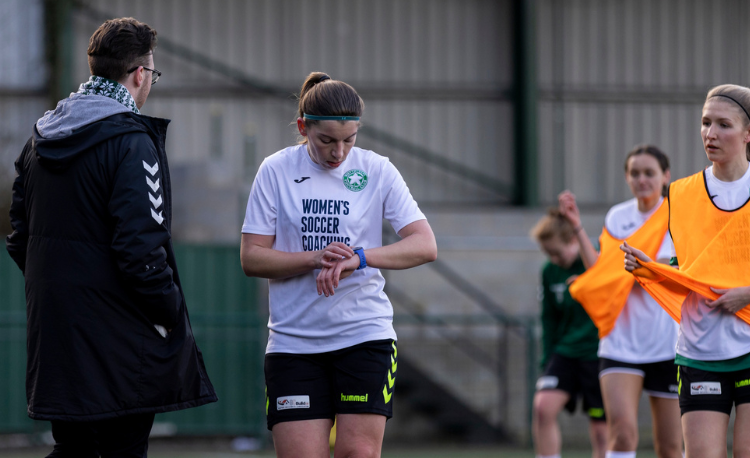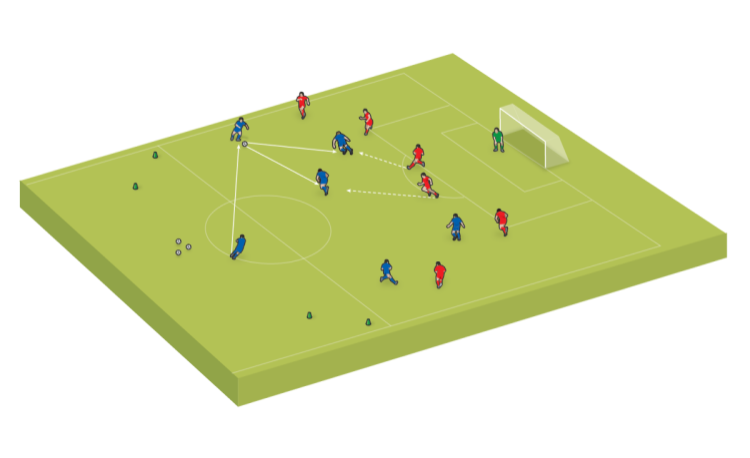What are Rondos?
Rondos are games where one group of players has the ball with an overload advantage (3v1, 4v2, 5v2, 6v3) over another group of players. The basic objective of the group in overload advantage is to keep possession of the ball while the objective of the group in numerical inferiority is to win the ball
What size area is required for a rondo?
Rondos are usually set up in a small are which can be anything from 8x8 yards to 40x40 yards depending on the skill level of the players or the aspect of play you want to work on. The size of the grid is relevant to the individual practice.
Teams like Barcelona and Bayern Munich want to be playing passes 10 yards and less, and when all the players are this distance apart, they can press the ball intensely should they lose possession.
| Rondos in a smaller area | Rondos in a larger area |
|---|---|
| Defenders have to cover less ground which makes it more difficult for the attackers | Defenders have to cover more ground which makes it easier for the attackers |
| Attackers make short passes | Passes are over slightly larger distances |
| Player movements are reduced | Players can make bigger movements to find space |
| Players often only get 1 or 2 touches |
Players can take more touches |
| First touch must be perfect |
Players can have a slightly poorer first touch |
What’s an example of a basic Rondo?
The most common Rondo, seen in Pep Guardiola’s training sessions with Manchester City, is in a 10x10m square in an 5/6/7 v 2 “Piggy in the Middle” game dynamic. Usually it is played with one touch passing, but that can be changed depending on the parameters. The size of the square as well as the amount of players on each team are variable.
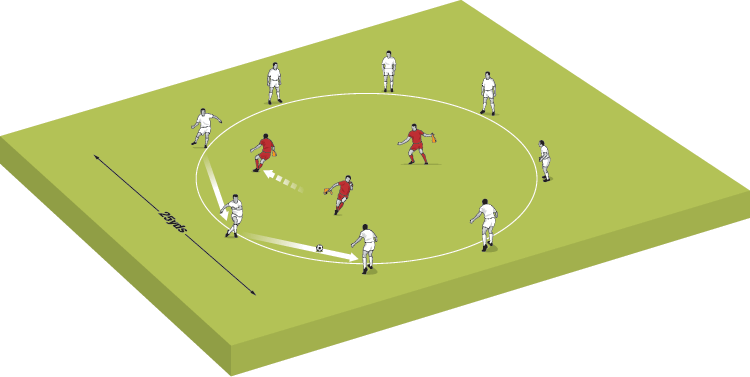
The goal is usually to reach 20 or 30 passes in a row without an interception. Once that is achieved the players all tease and applaud towards the players in the middle. If you watch any of the training videos uploaded by Pep’s former club Bayern Munich on YouTube you can hear players like Thomas Muller counting each pass out loud.
You can read Pep Guardiola talking about how he uses a Rondo in a session on Creating and Finishing with Elite Soccer.
"We’re showing an area of 8×8 yards with a 5v2 rondo but the size of the area can change depending on the degree of difficulty required. If we want to make it easier, we make the area larger and vice versa. This rondo is a fundamental exercise that links to many aspects of our game. We would run this for 15 minutes."
Pep Guardiola writing in Elite Soccer (elitesoccercoaching.net)
What are Rondos used for?
Rondos are considered a very effective technical practice (first touch and short passing) but they can also be set up to work on many tactical and positional aspects of play.
In a Rondo, there are key passes like a 1st line pass, a 2nd line pass, and a 3rd line pass. As such, it’s useful to consider Rondos as smaller parts of a larger game. For example, a full back, centre back and midfielder combining to play out of a corner against 1 or 2 pressing opponents.
3 great Rondos
Here are 3 great Rondos from the Soccer Coach Weekly library to get you started. Click on the title or the image to get the full instructions on how to set up and run the Rondo.
Simple Rondo
This is a great session to warm up your players through a high intensity possession-based skills practice, with players developing the technical aspects of their game that can be used in high-pressure match scenarios.
Press or protect
Play this like a Rondo where if you split the defenders and hit the cone keeping possession of the ball. The pressing team must try to win the ball and prevent the possession team hitting the cone.
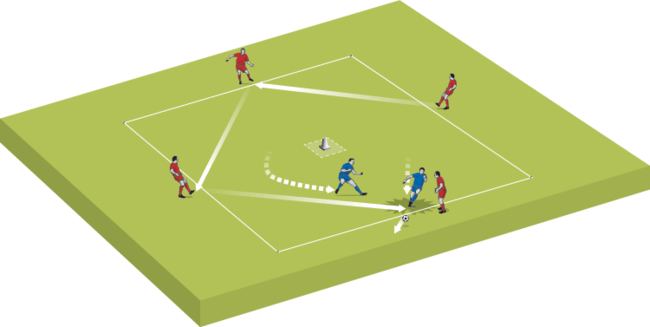
Rondo, Rondo, Rondo
This fun warm-up game is great for foundation phase players, working on the psychological and social corners.
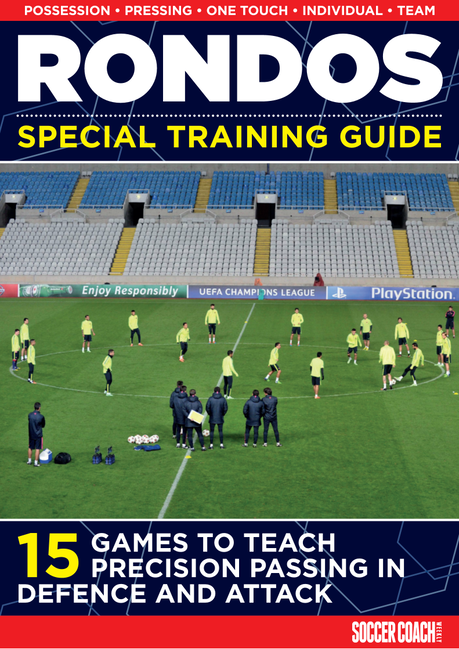 |
EXCLUSIVE SUBSCRIBER GUIDE
Subscribe to Soccer Coach Weekly today and access our Rondos Special Training Guide alongside dozens of other high quality training guides in our exclusive Book Library (Premium subscription required) |
Newsletter Sign Up
Coaches Testimonials

Gerald Kearney, Downtown Las Vegas Soccer Club

Paul Butler, Florida, USA

Rick Shields, Springboro, USA

Tony Green, Pierrefonds Titans, Quebec, Canada
Subscribe Today
Discover the simple way to become a more effective, more successful soccer coach
In a recent survey 89% of subscribers said Soccer Coach Weekly makes them more confident, 91% said Soccer Coach Weekly makes them a more effective coach and 93% said Soccer Coach Weekly makes them more inspired.
*includes 3 coaching manuals
Get Weekly Inspiration
All the latest techniques and approaches
Soccer Coach Weekly offers proven and easy to use soccer drills, coaching sessions, practice plans, small-sided games, warm-ups, training tips and advice.
We've been at the cutting edge of soccer coaching since we launched in 2007, creating resources for the grassroots youth coach, following best practice from around the world and insights from the professional game.



